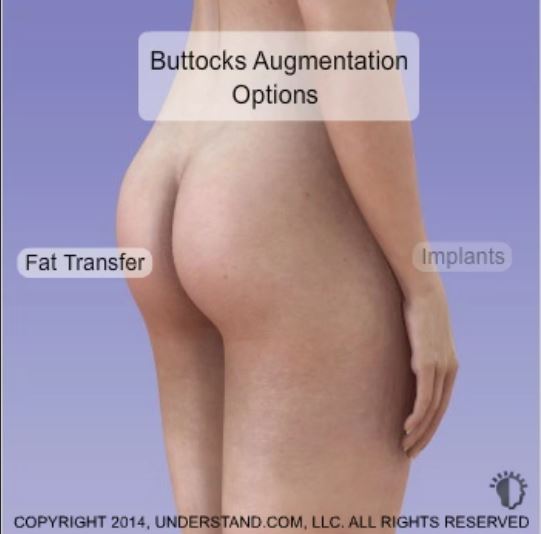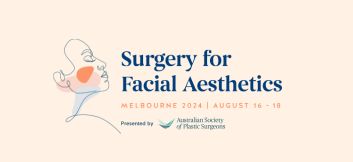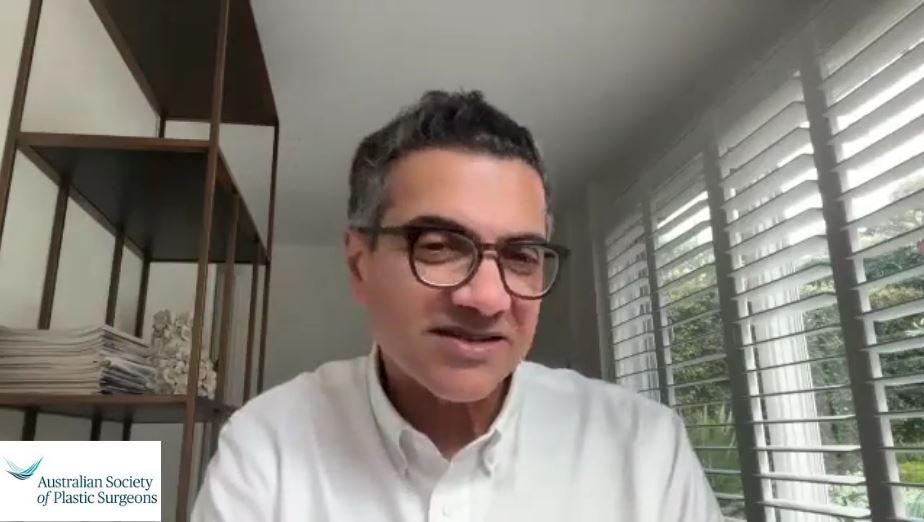Procedures
Body Contouring
- About Your Specialist Plastic Surgeon
- Cosmetic
- Non-surgical Procedures
- Plastic Surgery Glossary
- Questions for Your Surgeon
- Reconstructive
- Surgical Procedures
- Abdominoplasty (Cosmetic)
- Abdominoplasty (muscle repair postpartum)
- Arm Lift
- Body Contouring
- Body Lift
- Breast Asymmetry Correction
- Breast Augmentation (Implants)
- Breast Implants with Lift
- Breast Lift
- Breast Reconstruction
- Breast Reduction
- Brow Lift
- Burns and Scarring
- Buttocks Lift
- Chin Surgery
- Cleft Lip & Palate
- Ear Surgery
- Eyelid Reduction Surgery
- Facelift Surgery
- Facial Implants
- Fat injection
- Gender Affirming Surgeries
- Gynaecomastia (Male Breast Reduction)
- Hair Replacement Surgery
- Hand Surgery
- Labiaplasty
- Liposuction
- Nipple Enhancement for Inverted Nipples
- Nose Surgery
- Scar Revision
- Skin Cancer
- Thigh Lift
- Tissue Expansion
Body Contouring

Any surgical or invasive procedure carries risks. Before proceeding, you should seek a second opinion from an appropriately qualified health practitioner.
Body contouring is a range of aesthetic (cosmetic) procedures designed to improve the body’s appearance by modifying its size or shape. Body contouring is most commonly performed to contour the waist, abdomen, thighs, buttocks, upper torso and upper arms. Surgical methods range from removal of fat and/or excess skin to surgical implants and lifts to improve skin tone and definition.
The aim of body contouring procedures are to remove and tighten excess skin, usually after massive or significant weight loss. It is also used to tighten saggy skin due to childbirth or ageing.
As well as being uncomfortable and heavy, excess skin can cause:
- Difficulty in walking and exercising
- Poor posture
- Aching of the back and shoulders
- Chronic rashes and infections in the folds
- Personal hygiene issues due to the accumulation of sweat and problems with through cleaning of affected areas
- Low or poor self-esteem
Body contouring may be effective in assisting with a normal clothing size, easier walking and physical activities, improved hygiene and comfort.
Body contouring incorporates a range of aesthetic (cosmetic) procedures including:
Each procedure is a highly individualised and may not be suitable for everyone. Always talk to your Specialist Plastic Surgeon before making a decision. Your Specialist Plastic Surgeon will assess your condition and general health, and plan the treatment that is best suited to you.
General anaesthesia is required for body lift surgery. For some patients who require shorter procedures, a combination of local (or regional) anaesthesia and sedation may be possible. Modern anaesthesia is safe and effective, but does have some risks. Ask your Specialist Plastic Surgeon and anaesthetist for more information.
Your surgeon and/or anaesthetist will ask you about all the medications you are taking or have taken, and any allergies you may have. Make sure you have an up to date list before the surgery.
Modern surgery is generally safe but does have the potential for risks and complications to occur.
Some potential complications risks associated with body contouring procedures include:
- Heavy bleeding from an operated site. This may require a blood transfusion
- Visible and prominent scars including keloid and hypertrophic scars. These are raised, red and thickened scars that may form over the healed incisions. They may be itchy, annoying and unsightly but are not a threat to health
- Infection that may require treatment with antibiotics or further surgery in some cases
- Allergic reaction to sutures, dressings or antiseptic solutions
- The formation of a large blood clot (haematoma) beneath an incision site may require further surgery
- Complications such as heart attack, pulmonary embolism or stroke may be caused by a blood clot, which can be life threatening
- Pain, bruising and swelling around the operated site(s)
- Slow healing, often related to smoking or diabetes
- Short-term nausea following general anaesthesia and other risks related to anaesthesia
Refer to individual body contouring procedures for more information on specific risks.
Depending on your particular procedure and your general health, body contouring procedures may be performed either as a day procedure or involve a short hospital stay. Refer to individual body contouring procedures for more information.
Before undergoing surgery, it is important that you:
- Be as fit as possible to help the recovery process
- Reach your optimal weight
- Check with your surgeon about your medications as some may need to be stopped
- Stop smoking
You will also be asked to provide a complete medical history for your Specialist Plastic Surgeon including any health problems you have had, any medication you are taking or have taken, and any allergies you may have.
You may be advised to stop taking certain medicines such as non-steroidal anti-inflammatory drugs (NSAIDs), aspirin, and medicines that contain aspirin. You may also be asked to stop taking naturopathic substances such as garlic, ginkgo, ginseng and St John’s Wort as they may affect clotting and anaesthesia. Always tell your surgeon EVERYTHING you are taking.
You may be given medicines to take before the surgery, such as antibiotics.
Your surgeon will also advise you if any other tests are required, such as blood tests, X-ray examinations or an Electrocardiograph (ECG) to assess your heart.
Prepare a “recovery area” in your home. This may include pillows, ice packs, a thermometer and a telephone within easy reach. Make sure you arrange for a relative or friend to drive you to and from the hospital or clinic. Someone should also stay with you for at least 24 hours after you return home.
Your surgeon should give detailed preoperative instructions. Follow them carefully.
While you are healing, you may experience some pain, bruising, swelling and numbness around the operated site. This is normal. Your Specialist Plastic Surgeon will prescribe pain relief as needed. If you have any problems or concerns, be sure to tell your surgeon.
Patients are encouraged to get up and walk during the day after surgery. You may be required to wear a compression garment to support the operated site(s). You may also need to wear calf or leg stockings, and have heparin injections. Make sure you wear loose, comfortable clothing that is easy to remove.
Avoid heavy lifting, strenuous exercise, swimming and strenuous sports until advised by your surgeon.
If you experience shortness of breath, chest pains, or unusual heart beats, seek medical attention immediately. Should any of these complications occur, you may require hospitalization and additional treatment.
Your surgeon will give you specific instructions on post-operative care. These instructions may include:
- How to care for your surgical site(s) following surgery
- Medications to apply or take orally to aid healing and reduce the risk of infection
- Specific concerns to look for at the surgical site(s) or in your general health
- When to follow-up with your surgeon
Be sure to ask your surgeon specific questions about what you can expect during your individual recovery period, such as:
- Where will I be taken after my surgery is complete?
- What medication will I be given or prescribed after surgery?
- Will I have dressings/bandages after surgery? If so, when will they be removed?
- Are stitches removed? When will they be removed?
- When can I resume normal activity and exercise?
- When do I return for follow-up care?
Scars are the inevitable result of any invasive surgery. Your Specialist Plastic Surgeon will endeavour to minimise scarring and to keep your scars as inconspicuous as possible. By locating incisions in easily hidden sites, scars will be along natural skin lines and creases, and will usually fade with time.
Depending on the extent of the procedure, additional treatment may be required to help you achieve the optimal result. Further revisional surgery may also be necessary to correct minor irregularities.
Cost is always a consideration in elective surgery. Prices for individual procedures can vary widely between Specialist Plastic Surgeons. Some factors that may influence the cost include the surgeon’s experience, the type of procedure used and the geographic location of the office.
Costs associated with the procedure may include:
- Surgeon’s fee
- Hospital or surgical facility costs
- Anaesthesia fees
- Prescriptions for medication
- Post-surgery garments
- Medical tests
Your surgeon should welcome any questions you may have regarding fees.
- Circumferential incision: A surgical incision around the body to remove the “belt” of excess skin and fat and additional incisions that may resemble a bikini bottom pattern
- General anaesthesia: Drugs and/or gases used during an operation to relieve pain and alter consciousness
- Haematoma: Blood pooling beneath the skin
- Intravenous sedation: Sedatives administered by injection into a vein to achieve relaxation
- Local anaesthesia: A drug injected directly to the site of an incision during an operation to relieve pain
- Lower body lift: Surgical procedure to correct sagging of the abdomen, buttocks, groin and outer thighs
- Macerated skin: Excess skin that hangs and becomes wet or infected underneath
- Medial thigh lift: A surgical procedure to correct sagging of the inner thigh
- Outer thigh lift: A surgical procedure to correct sagging of the outer and mid-thigh
- Sutures: Stitches used by surgeons to hold skin and tissue together
Visit the Plastic Surgery Glossary for more medical terms.
This website is intended to provide you with general information only. This information is not a substitute for advice from your Specialist Plastic Surgeon and does not contain all the known facts about this procedure or every possible side effect of surgery. It is important that you speak to your surgeon before deciding to undergo surgery. If you are not sure about the benefits, risks and limitations of treatment, or anything else relating to your procedure, ask your surgeon to explain. Patient information provided as part of this website is evidence-based, and sourced from a range of reputable information providers including the American Society of Plastic Surgeons, Better Health Channel and Mi-tec medical publishing.
Featured Stories

Member Blog with Dr Ellis Choy: What is a Deep Plane Facelift?
Who is the ideal candidate for a deep plane facelift?…
Continue reading
